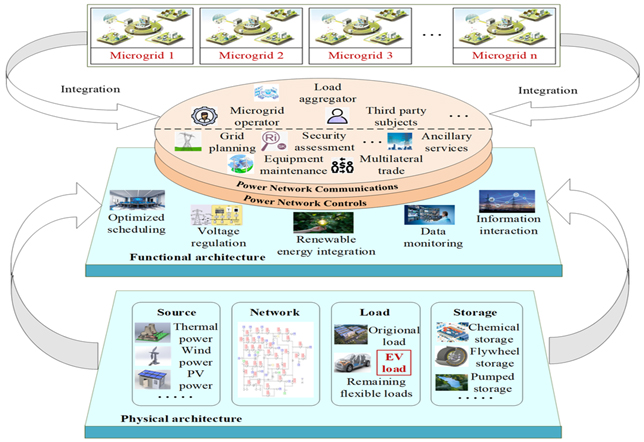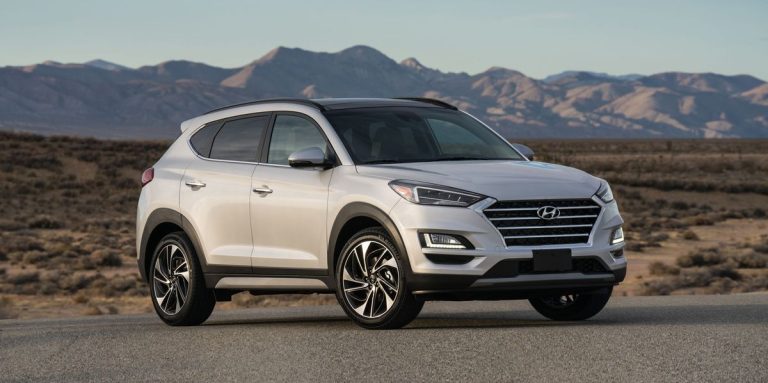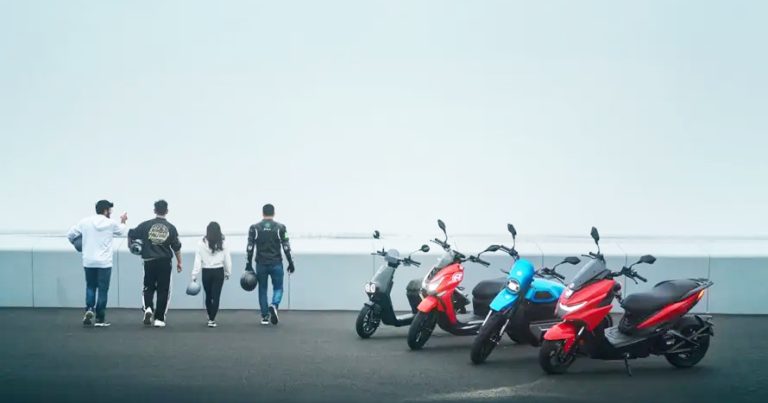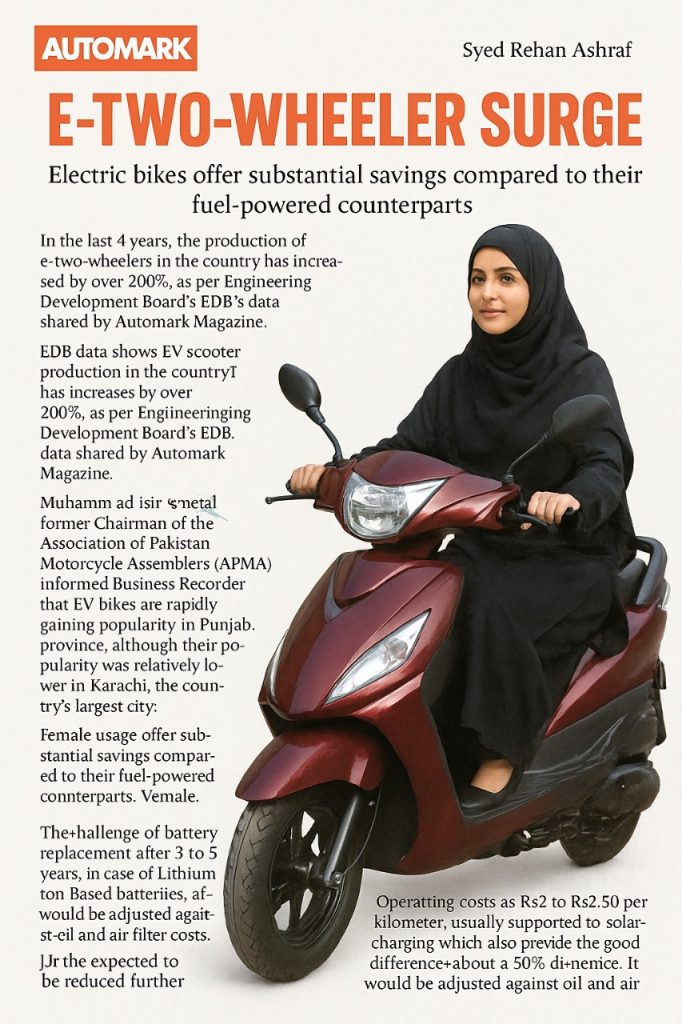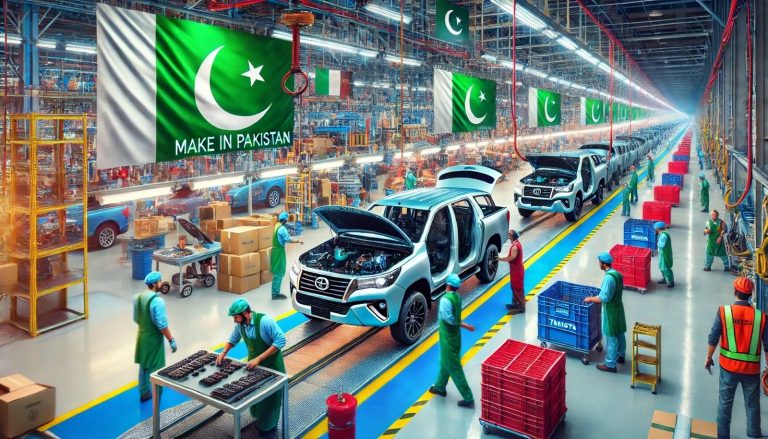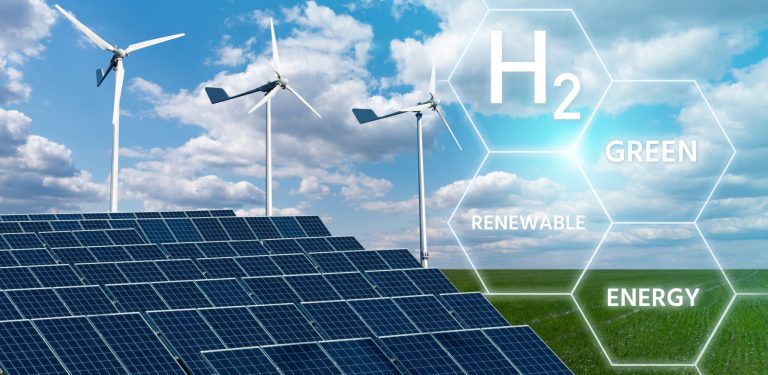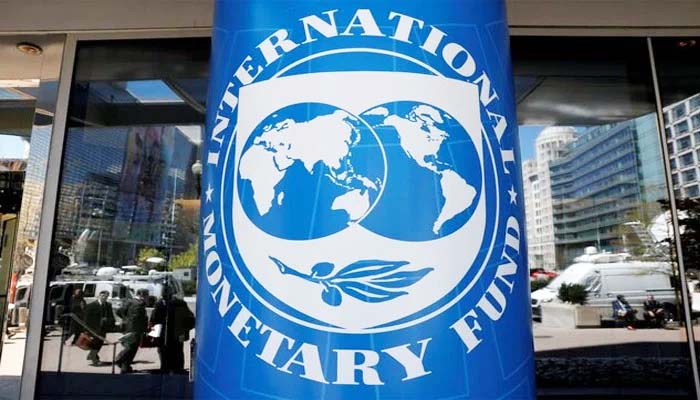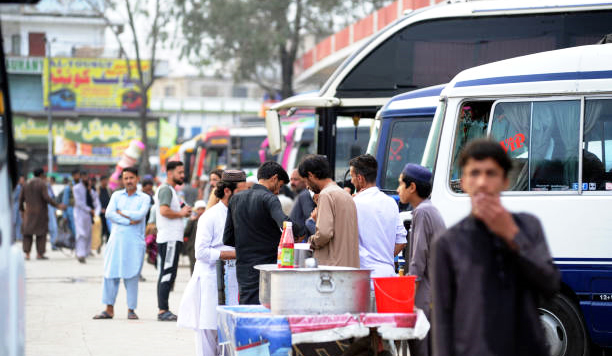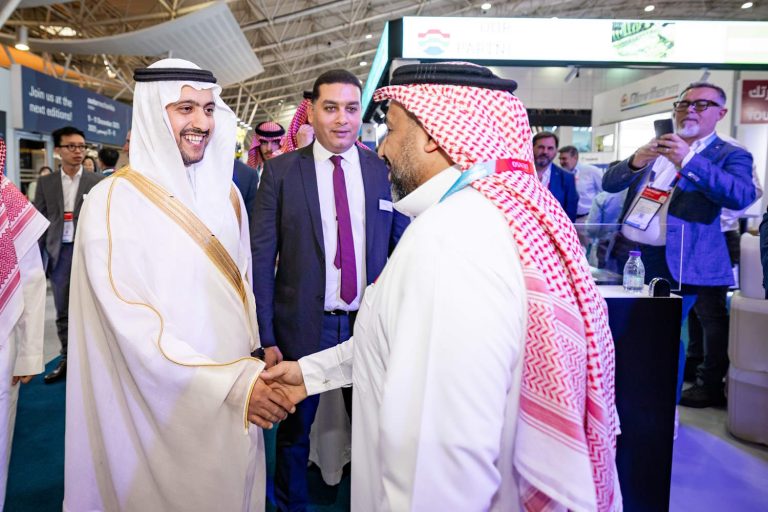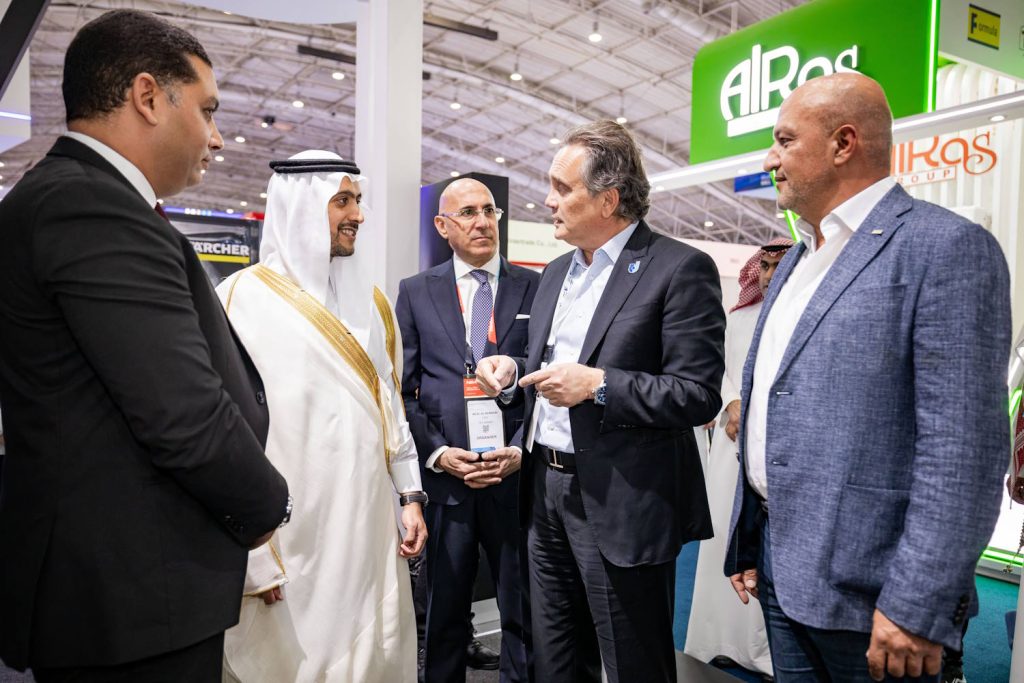Learning from Past – Earning from Present – Growing from Future
Episode: 3
Summary of the Last Articles
In the previous article, we mentioned the countries that have achieved economic development through the auto industry. Over the past century and a half, the auto industry has given immense industrial and economic development to America, Europe, Japan, and Korea and included them in the list of developed countries in the world. This journey of development through the auto industry is still ongoing, and China is a living example of this, while Pakistan’s development is also inseparable from the auto industry.
Then we reviewed the auto market and saw which models of vehicles are in trend in Pakistan in particular and the rest of the world in general and what are the reasons for them. The result was that even today SUVs are being liked for many reasons and the trend of buying and using them continues. After that, we reviewed the businesses related to EV vehicles and the potential opportunities and their types and brought to the fore 14 new businesses that can be adopted and started new types of small businesses that are feasible with proper investment, hard work and attention and can be implemented immediately and in the near future and can be expanded and expanded over time and as needed.
Now Read On….
It may come as a surprise to some that before the current popular IC engine auto industry came into existence, the auto industry started with electric motor vehicles and EV vehicles maintained their place in the regular market for a few decades until the end of World War II and IC engine vehicles made significant progress and left the EV industry behind. Here we review EV history so that we can think about the development of the current and future auto industry and the EV industry in the light of the past.
History of Electric Vehicles
During the 20th century, the main manufacturers of electric vehicles in the United States included Anthony Electric, Baker, Columbia, Anderson, Riker, Milburn, Bailey Electric, and Thomas Eddison’s General Electric , Detroit Electric and Thomas Eddison Electric. Their electric vehicles were quieter than gasoline-powered ones and did not require gear changes.
Cause of Preference EV V/s ICE
Electricity was among the preferred methods for automobile propulsion in the late 19th and early 20th centuries, providing a level of comfort and an ease of operation that could not be achieved by the gasoline-driven cars of the time. The electric vehicle fleet peaked at approximately 30,000 vehicles at the turn of the 20th century.
Electric cars remained popular until advances in internal-combustion engine (ICE) cars and mass production of cheaper gasoline- and diesel-powered vehicles, especially the Ford Model T, led to a decline.
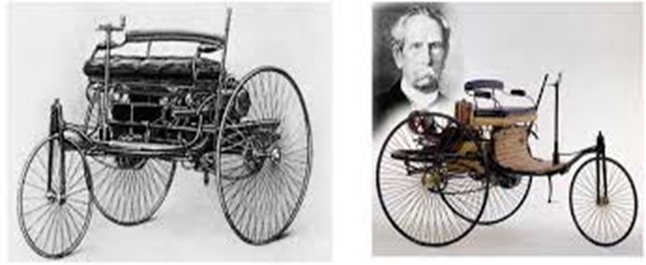
Early Developments
1881, Gustave Trouvé presented the world’s first publicly presented full-scale electric car powered by an improved Siemens motor at the Exposition de Paris.
1882, The significant Early Electric Vehicle started from Electromote, the world’s first Trolleybus by Werner von Siemens, Berlin Germany.
1884, Thomas Parker built an electric car in Wolverhampton, England using his own specially-designed high-capacity rechargeable batteries, although the only documentation is a photograph from 1895.
1888, the German Andreas Flocken designed the Flocken Elektrowagen, regarded by some as the first “real” electric car.
1889, Thomas Edison had this car built about 1889 to investigate electricity as a power source for automobiles. The three-wheeled vehicle has two electric motors, each separately connected to one of the front wheels. Having successfully operated the car, Edison put it aside for several years.
1894, the Electrobat, one of the world’s first successful electric automobiles, was patented by Henry G. Morris and Pedro G. Salom.In New York City, a fleet of twelve hansom cabs and one coach, based on the design of the Electrobat II, formed part of a project funded in part by the Electric Storage Battery Company of Philadelphia.
1897, The first self-propelled Taxi’s in London, Walter Bersey’s 1897 cab (as pictured above) were battery powered and had a top speed of 9 mph and a 30 mile range. The Baker range of cars were able to travel 50-80 miles on a single charge, but at a maximum of 14 mph. A batch of 12 cabs entered service for the London Electrical Cab Company on 19 August 1897.
1897, The Londen Electrical Cabs, which charged the same rate as the horse-drawn alternative, proved popular and the fleet expanded to 75 vehicles. However, the heavy weight of the vehicle’s batteries caused excessive tire wear, vibration and increased noise.
Six Electric Cars Held Land Speed Record in 19th Century
1899, The rocket-shaped La Jamais Contente, driven by Camille Jenatzy, which broke the 100 km/h (62 mph) speed barrier by reaching a top speed of 105.88 km/h (65.79 mph) in 1899.
1899, and 1900, more electric cars were sold in the United States than any other type of vehicle.
1903, London boasted more electric cars than vehicles with internal combustion engines.
1914, Edison and Henry Ford himself planned to develop a low-cost electric car.
Although better known for inventions such as the light bulb and motion pictures, Edison also designed three electric cars using his nickel-iron Edison Storage Batteries.
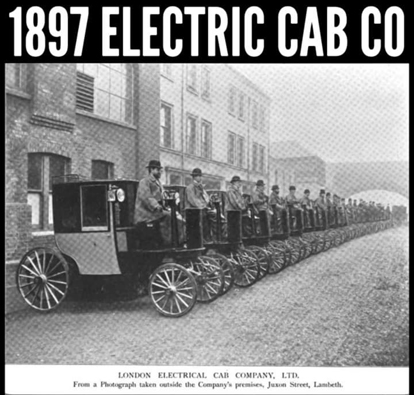
By the time Edison’s battery (a longer-lasting, lighter-weight improvement over previous lead-acid batteries) was ready for this journey, electric cars had already been on the road for more than 15 years.
Thomas Edison Model, 1,000-mile “ideal tour” in 1910 Hampshire’s Washington.
Cause of Preference ICE V/s EV
ICE cars’ much quicker refueling times and cheaper production costs made them more popular. However, a decisive moment came with the introduction in 1912 of the Self Starter Motor that replaced other, often laborious, methods of starting the ICE, such as hand-cranking.
1920-1935, Decline of Electric Vehicles
Apart from battery electric cars facing rugged competition from gas-fueled cars advances like Ford’s Model T, there was rapid progress made on America’s road infrastructure permitting longer distance travel on motorway systems that complemented long-range capabilities offered by fuel-powered automobiles.
Moreover, advancements in oil extraction technology made fuel cheaper, which made fuel-powered vehicles more fuel-efficient, faster, and require fewer recharges. Consequently, by 1935, electric vehicles had nearly vanished, and the remaining ones were mainly restricted to niche markets, such as taxi and delivery van services within cities.
Renewed Interest in Electric Cars
The journey of electric automobiles passed another milestone in the late 20th century. The public sphere underwent a substantial shift during this period, bolstered by external and internal factors in the automotive industry.
60s & 70s, Electric Cars Revival
1960s, decades gasoline cars dominated because oil was so profitable. However, rising fuel costs caused drivers to look for an alternative power source.
This helped to make electric vehicles look cutting edge, as well as the cost of fuel reviving electric cars’ popularity once again.
1970s, saw the biggest step towards the electric cars we know today.
1968-1973, Gas Prices Sparked Increased Interest in Electric Vehicles
In an unexpected turn, brought upon us largely due to geopolitics, oil prices surged worldwide from 1968 onwards. Embodied most notably by the 1973 Oil Crisis, these years witnessed an acute black gold shortage with subsequent skyrocketing prices.
Consequently, countries around the globe spontaneously started their search for alternate fuel sources – sparking a renewed interest in electric vehicles that marked a notable turn in the evolution of electric cars. It offered scope for cost-effectiveness as well as energy efficiency.
1971, Environmental Movement & Interest in EV
Another important story – the rise of environmental consciousness worldwide. Most representatives were instances like Earth Day’s inception in 1970 and Greenpeace’s establishment a year later, both potent symbols driving appreciated concerns regarding environmental degradation.
Taking center stage was air pollution from Internal Combustion Engine (ICE) powered vehicles, particularly prominent within city limits. This amalgamation of societal awareness and new academic research diverted attention towards cleaner solutions like electric cars.
New Millennium of Electric Cars Mass Market
Fast forward to the late 20th century and tech gadgets such as computers, to mobile phones and the internet, we entered an age of modern technology. This gave engineers the scientific know-how needed to modernize the electric car.
Start of Rechargeable Lithium-ion Batteries
Stanley Whittingham (British inventor) created the world’s first rechargeable lithium-ion batteries. This is the same electric car battery that we use in electric vehicles today, almost 50 years later!
However, the technology wasn’t quite there yet to make electric cars a serious rival to fuel cars. Although the batteries saw great advancements, but needing recharging more frequently in a time where charging stations were uncommon.
1973, Next Generation’s Electric Vehicles
With enough momentum building behind them, it was no surprise when the American Motor Company launched its innovative “Electrobus” concept in 1973 at the World Energy Conference held in Bucharest.
This revolution ushered into being not just an all-alternative fuel vehicle but an entire line-up of efficient battery-operated buses aimed at mass transit solutions rather than individual mobility efforts thus far seen.
Not to be left behind for long, other companies soon jumped onto this bandwagon, making the 70s a pivotal era in discovering potential attributes distinctive to this new generation of electric vehicles.
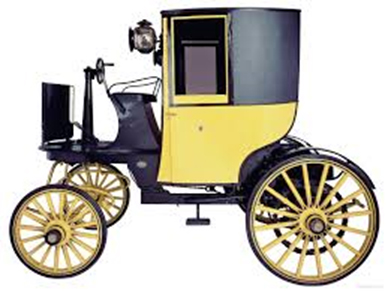
1974-1977, Increasing Sales & Popularity of EV
Between 1974 and 1977, the maturing industry saw various companies start “low-speed” electric vehicle production. These EVs became popular alternatives for short commutes, generally limited by suburban boundaries like golf courses and university campuses.
Sales particularly peaked around tight-knit communities – a testament to their efficacy in small-scale local transportation, thereby creating foundations for future growth within this niche.
1979, Decrease in Interest in Electric Cars
However, the latter part of the decade witnessed an abrupt nosedive in interest. Prices crashed as soon as oil-producing countries ramped up the supply lines again towards the end of the decade. Fuel once more emerged as a cheaper alternative to electricity due to its ease of use and mass acceptance.
New Era for Electric Cars
1990-1992, New Regulations Renew Interest in EV
Following the decline in interest in electric cars during the late 20th century, a new horizon dawned at the start of the 1990s that would shape the future of this industry. Legislation played an instrumental role in driving forward the evolution of the electric car. Particularly, California introduced stringent emission standards, which stipulated that by 2003, a certain percentage of all automobiles sold within ‘The Golden State’ had to be Zero Emission Vehicles (ZEVs).
This gave rise to more research and development into creating viable electric vehicles, with many automotive manufacturers acknowledging the potential for these greener alternatives.
1997, Mass Production of Hybrid Cars
Moving through this new era of electric and hybrid vehicles saw one of the most transformative developments in automobile history:
The launching of Toyota’s Prius model in Japan
The world’s first mass-produced hybrid car.
It combined a conventional internal combustion engine with an electric propulsion system, offering consumers improved fuel efficiency and reduced emissions compared to traditional, fuel-engine-powered cars. The subsequent international release saw it become a symbolic representation of eco-conscious driving worldwide.
1999, Innovations in Building Better Electric Cars
As we crossed the end years of the millennium, various industry players heavily invested in plug-in electric vehicles and found innovative approaches to enhance electronic vehicle technology further. Consider Audi’s ‘A2,’ a compact electric car with an impressive 200-kilometer range on a single charge.
This marked the inception of various advancements in battery technology, lighter construction materials, and improved aerodynamic design, perfecting the crucial balance between performance, durability, and cost-efficiency required to make these vehicles more attractive to everyday consumers.
2006, Emergence of Silicon Valley Startups in EV Industry
The significance of Silicon Valley’s entrepreneurial culture is undeniable in shaping wide-ranging trends within industries. It wasn’t long before this tech-centric land saw its first successful electric vehicle and startup: Tesla Motors Inc. Founded by entrepreneur Elon Musk, his bold vision sought to create luxury electric vehicles and establish a robust infrastructure to support sustainably powered transportation.
Setting ambitious targets while delivering technologically sophisticated products with uncompromised visual appeal sparked unprecedented industry interest, leading to more startups venturing into this domain and accelerating the staggering evolution of the electric car we still witness today.
Modern Era of Electric Cars
In this section, we’ll dive into the history of the electric and transition phase. We’ll explore the decisive events that have significantly shifted our perspective and understanding during the modern era in the evolution of the electric car.
2009-2013, Establishment of Nationwide Charging Infrastructure
The advent of a nationwide charging infrastructure marked a turning point for electric vehicles. As battery technology began to advance, providing longer mileage on a single charge than previously feasible, the necessity for an accessible and reliable network of electric vehicle charging stations became even more fundamental.
A significant turning point came when companies took up the challenge of making EV charging as convenient and easy as refueling at traditional petrol stations.
2010, Introduction of 1st Commercially Plug-in Hybrid
Plug-in electric hybrid vehicles took center stage in 2010, with Chevrolet releasing its Volt model — arguably one of the most influential advancements in automotive history concerning alternative powertrains.
Early hybrids, which relied only on regenerative braking for electricity generation, Plug-in Electric Hybrids gave drivers an option to operate personal vehicles exclusively on electric power — a step forward towards emission-free driving while still allaying range-anxiety concerns sustainable by its fuel-powered generator.
2010, Launch of Nissan’s Leaf EV
Nissan triggered another pivotal event with their introduction of the Leaf — an affordable, mass-market-capable, entirely battery-electric vehicle. Already well-regarded within sustainability circles for bringing zero-emission mobility at an unprecedented scale before, it swiftly emerged as a global bestseller, holding aloft Nissan’s dedication to redefining commuting standards and overall environmental stewardship.
2013, Decrease in EV Battery Costs
During the last decade, a crucial change in the landscape has been the gradual decrease in the cost of producing lithium-ion batteries, the cornerstone of electric vehicle technology.
This trend, attributed primarily to improvements in manufacturing efficiency and scaling economies of larger production volumes, augments as further reductions are expected to bring electric vehicles head-to-head with conventional internal combustion engine cars in price.
2014, Diverse Range of EV Options

The next significant metamorphosis in EVs was brought forth by auto manufacturers’ acknowledgement that one size does not fit all when it comes to our driving needs or lifestyle choices. The lineup expanded beyond compact cars and sedans, evolving into virtually every vehicular category, including SUVs, trucks and even motorcycles.
There are more EV and Automotive Past, Present & Futures businesses which we will explore in next episodes of Monthly AUTOMARK’ S Article “Grow Automotive Grow Pakistan”, INSHALLAH.
This exclusive article has been written by @Mumtaz Hussain, and published in Automark’s May-2025 printed/digital edition.

